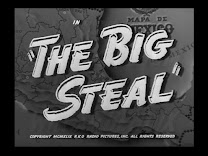MILTON’S PARADISE ROYALTIES LOST
Victor Bohnam Carter's Authors by Profession tells the story of John Milton, who was blind, deprived of his pension, and suffering from financial hardships, signing a hellish publishing contract for his epic poem, Paradise Lost.
"The agreement was dated April 27, 1667, and provided that Milton receive £5 for the first edition or impression of 1300 copies, £5 for the second, and the same for the third.” In today's currency, £5 is approximately £570.00
Under the agreement, Milton transferred "All that Booke, Copy, or Manuscript" to his publisher with "the full benefit, profit, and advantage thereof, or w[hic]h shall or may arise thereby." Milton died in 1674.
During his lifetime he received a total of £10 from his publisher Samuel Symons. Milton’s widow later sold the copyright to
Symons for £8.
The contract, the earliest known contract between an English author and publisher, resides in the British Library today.
 |
Contract for John Milton's "Paradise Lost"
|














